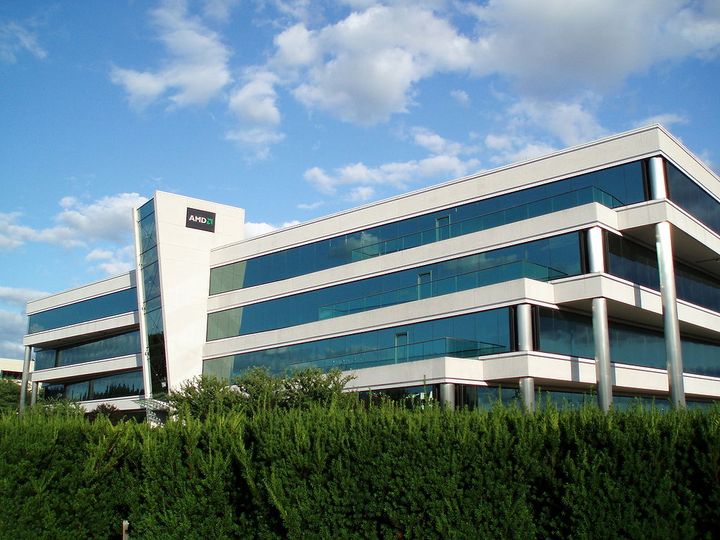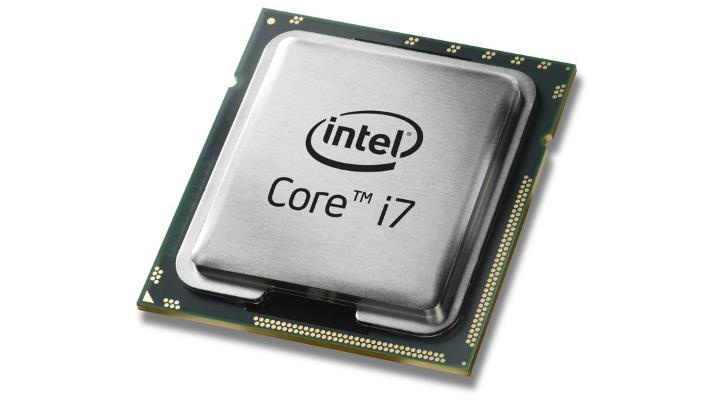One of the most talked about events in the tech world this year has been Intel’s launch of its Coffee Lake 8th generation computer processors. These have been noteworthy due to the fact that they offer substantial increases in performance relative to Intel’s previous generation (Kaby Lake). Obviously, this has attracted the attention of PC gamers worldwide who are stuck with ageing rigs and are looking for an excuse to upgrade their machines.
The thing is, Intel’s new Coffee Lake chips have been hard to get since their launch on October 5, and stock remains thin to date. Actually, processors like Intel’s new Core i5-8400 are currently out of stock at most of the world’s major retailers, something which is likely to infuriate those PC gamers who were hoping to upgrade their PCs with a processor that outlets like Tom’s Hardware have referred to as “the pound-for-pound gaming champion”.
Intel itself also made bold claims about the gaming prowess of other Coffee Lake CPUs like its flagship i7-8700K, calling it their “best gaming desktop processor ever”, a claim that’s been validated by most tech websites out there.
It’s the i5-8400, though, that’s the standout processor in Intel’s line-up, and priced at $182 US dollars surely is the best value for money 6 core CPU in the market right now. But the processor’s scant availability and the fact that many retailers are selling the few units they have at marked-up prices, often much higher than Intel’s recommended price, have diminished the i5-8400’s appeal somewhat.
And you might be wondering why Coffee Lake processors have been so hard to get worldwide, even now almost two months after Intel first announced the launch of its latest and greatest processor line-up.
This is because Intel has been accused by many of carrying out a “paper launch” with its 8th gen CPUs, launching Coffee Lake on October 5 despite the fact that it clearly did not have enough stock to meet demand.
The question is, why the Santa Clara company choose to do this, and not wait until early next year when according to most sources Coffee Lake’s official launch was to take place?
It’s not hard to figure out that Intel’s move had to do with the increasing popularity of AMD’s Ryzen processors, which debuted in March this year offering performance levels similar to Intel’s earlier 7th generation chips. And Intel decided to launch Coffee Lake in a desperate bid to hold AMD back and get people to wait for Coffee Lake availability, instead of upgrading to or buying a PC with a Ryzen CPU at its core.
And it’s likely that this strategy has been a success. I personally was planning to upgrade my PC to a Ryzen 5 1600 this fall, but decided to postpone this upgrade after reading the glowing reviews Intel’s new Coffee Lake CPUs were getting all over the tech press. And it’s likely this has been the case for many other users too this year.

AMD’s Ryzen CPUs are getting a lot of good press in 2017, but the company has even bigger plans for 2018.
But Intel’s move could backfire though, and not only because PC gamers might be frustrated with the fact that processors like the Core i5-8400 had been almost impossible to get hold to date.
This is because despite the fact that the Coffee Lake chips are still one step ahead of AMD’s Ryzen when it comes to gaming performance, things could change pretty soon. Actually, a leaked roadmap showing AMD’s future plans reveals that its next iteration of the Ryzen series (named “Pinnacle Ridge”) could be launching as soon as February next year according to PCGamesN. This could be a problem for Intel if AMD can improve its single core performance and the new Ryzen processors can match the earlier Kaby Lake (Intel’s previous 7th gen) CPUs.
Because AMD already has an advantage when it comes to parallel processing and number of cores, and already has a mainstream 8 core processor available (the Ryzen 7 1700). Also, AMD’s Ryzen 5 CPUs all boast multi-threading too, with the likes of the Ryzen 5 1600 being able to handle 12 simultaneous threads, while the new Core i5-8400 can only handle 6 (but is still the better CPU for gaming though).
However, while video games these days can still only really take advantage of 4 cores, things could change in the future, and titles like Civilization VI and Ashes of Singularity are already able to take advantage of the extra resources AMD’s Ryzen processors offer.
Also, something else to bear in mind is that while Intel officially launched Coffee Lake on October 5, these processors can now only be paired with the more expensive Z370 motherboards out there. More affordable motherboards for Coffee Lake, like those based on Intel’s B360 chipset (which are a better match for processors like the i5-8400) won’t launch until the first quarter of 2018, by which time AMD’s new Ryzen processors will already be making an appearance.
So, Intel’s move to launch Coffee Lake despite the lack of stock worldwide could certainly backfire in the end, as some PC gamers might give up waiting for Coffee Lake and instead decide to wait and see what AMD brings to the table next year. Plus, being unable to get the new 8th generation processors for so long will certainly hurt Intel’s image in the eyes of many PC users, who might shun the chip giant when it comes to future upgrades.
Either way, it’s clear that things will really get interesting in the PC tech arena next year, with both Intel (which will likely be launching the new Cannon Lake processors) and AMD bringing exciting new products to the fore, so PC gamers who have the patience to hold on and wait a little longer to upgrade their gaming PCs could end up getting a much better deal in 2018.
Core i7 processor (Intel Corporation)

